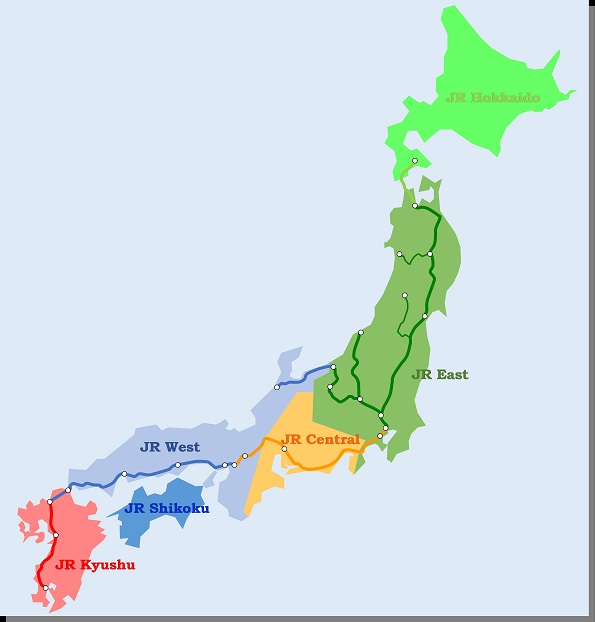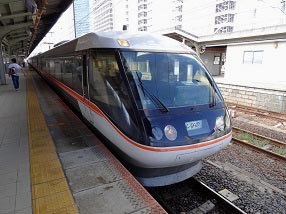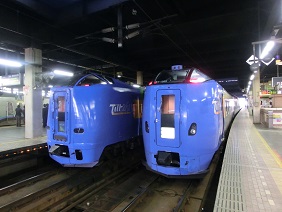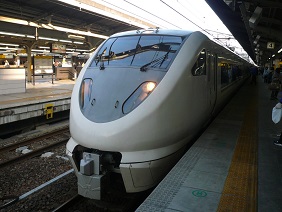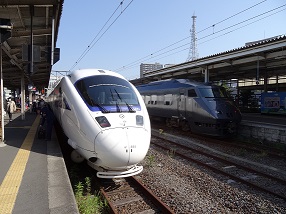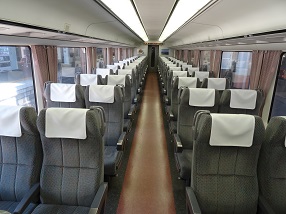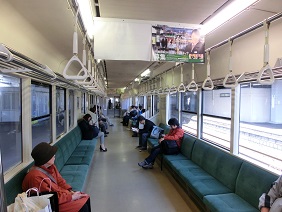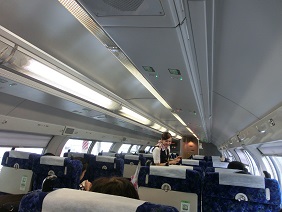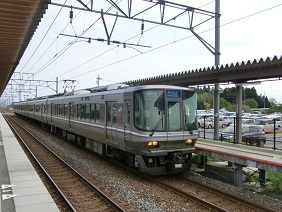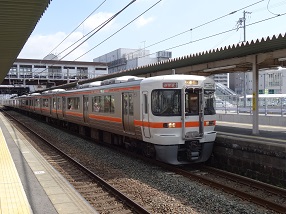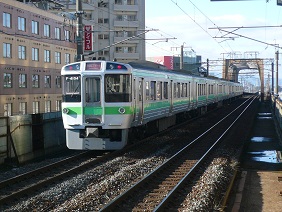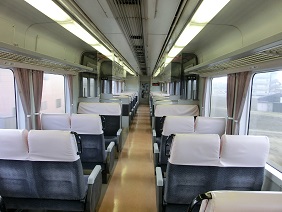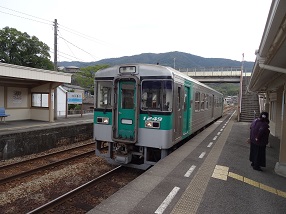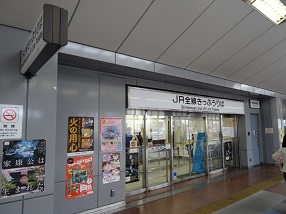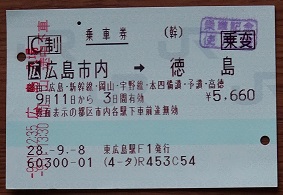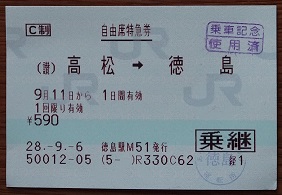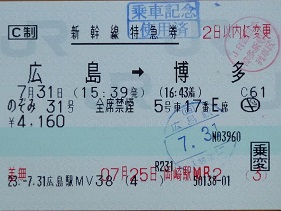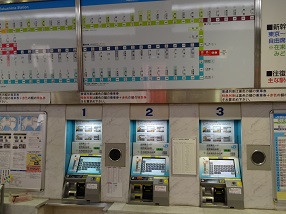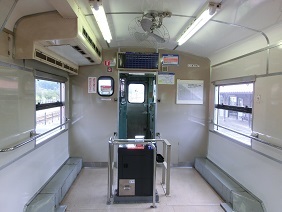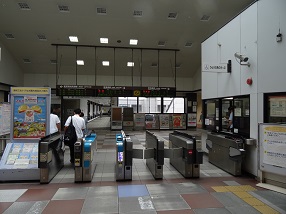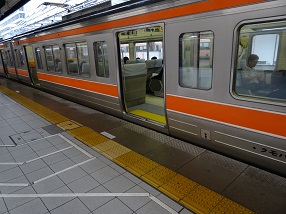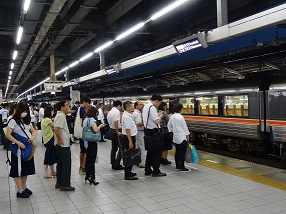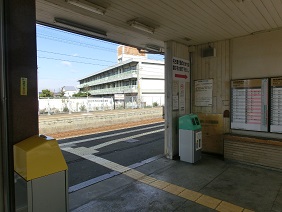|
As described above, many stations are unstaffed, and many trains in rural areas have no train conductors.
In this case, you can pay the base-fare directly to the train driver.
When you get on a train, take a numbered ticket. There is a small ticket machine just near doors.
Then, when you get off a train, approach to the head of the train. There is an electrical board near the train driver's compartment, which shows the table of the ticket number and the base-fare at the arriving station.
You identify the base-fare with your identified ticket.
Pay the fare into the box, when you get off of the train.
Pre-paid IC Cards
JR companies offer pre-paid prepaid IC cards.
Hokkaido: "KITACA", JR East: "SUICA": JR Central: "TOICA", JR West: "ICOCA", JR Kyushu: "SUGOCA"
These IC cards can be used as tickets.
Pre-paid IC cards are not accepted by all JR lines, but limited to the greater Sapporo area, the Niigata area, the greater Tokyo area, the Shizuoka area and the greater Nagoya area, the greater Osaka area, the greater Hiroshima and Okayama area, and the greater Hakata (Fukuoka) area.
These pre-paid IC cards are compatible with all other cards. SUICA is effectively used in the Sapporo area. Major private railway companies also offer pre-pared IC cards. All IC cards are compatible with each other.
TOICA
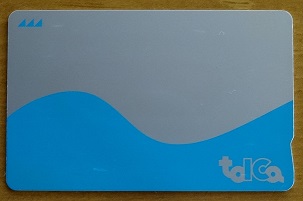
You can buy these IC cards at each companies' ticket window.
It requires a 500 yen of deposit and an amount of money you wish to charge. If you pay 2,000 yen to buy a IC card, 1,500 yen is available for the base-fare.
To use a pre-paid IC card, you can touch the designated portion of a ticket-gate with a prepaid IC card, when you enter a ticket-gate in a station before taking a train and again after getting off a train. Base-fare is automatically withdrawn from your prepaid IC card.
IC cards are quite similar to debit cards in the U.S.A.
In the Tokyo area, some JR trains run onto subway lines, for example, the Jyoban line onto the Tokyo Metro Chiyoda-line.
In such cases, you can use a prepaid IC card for this train between a JR station and a Tokyo Metro station.
However, pre-paid IC cards cannot be used across JR lines.
For example, the Atami station is the junction station between JR East and JR Central and the Atami station is governed by JR East.
You can use a pre-paid IC card between Atami and other JR East stations. But, it is not possible to use such cards between Atami and other JR Central stations (for example Mishima).
Japan Rail Pass
"Japan Rail Pass" isa very convenient and cost saving pass for people from other countries visiting Japan.
Japan Rail Pass is effective only for JR lines (rail, bus and ferry). "Nozomi", Shinkansen trains run between Tokyo and Hakata, and "Mizuho", Shinkansen trains between Shin-Osaka and Kagoshima-Chuo, are not covered.
In some cases, JR trains run through a third-sector company line. In this case, you have to pay base-fare and limited express fare in addition to Japan Rail Pass.
Official site of "Japan Rail Pass" is here: http://www.japanrailpass.net/en/index.html
Each JR company also offers their Rail Passes. You can reach to the web-site for Rail Passes from the Japan Rail Pass page.
Such pass holders need to make seat reservation at a station in advance of taking a train.
How to get on a train
After buying a train ticket, let's go to the platform where your train departs.
In Japan, there are ticket gates between ticket windows and platforms. Station staff will check your tickets.
In most urban areas, most stations have automatic ticket gate machines.
Just insert your ticket into the ticket gate machine. If your ticket is deemed authentic, the gates will open and remain open until you retrieve your ticket on the other side of the gate/machine. Please do not forget to take your tickets with you.
|
